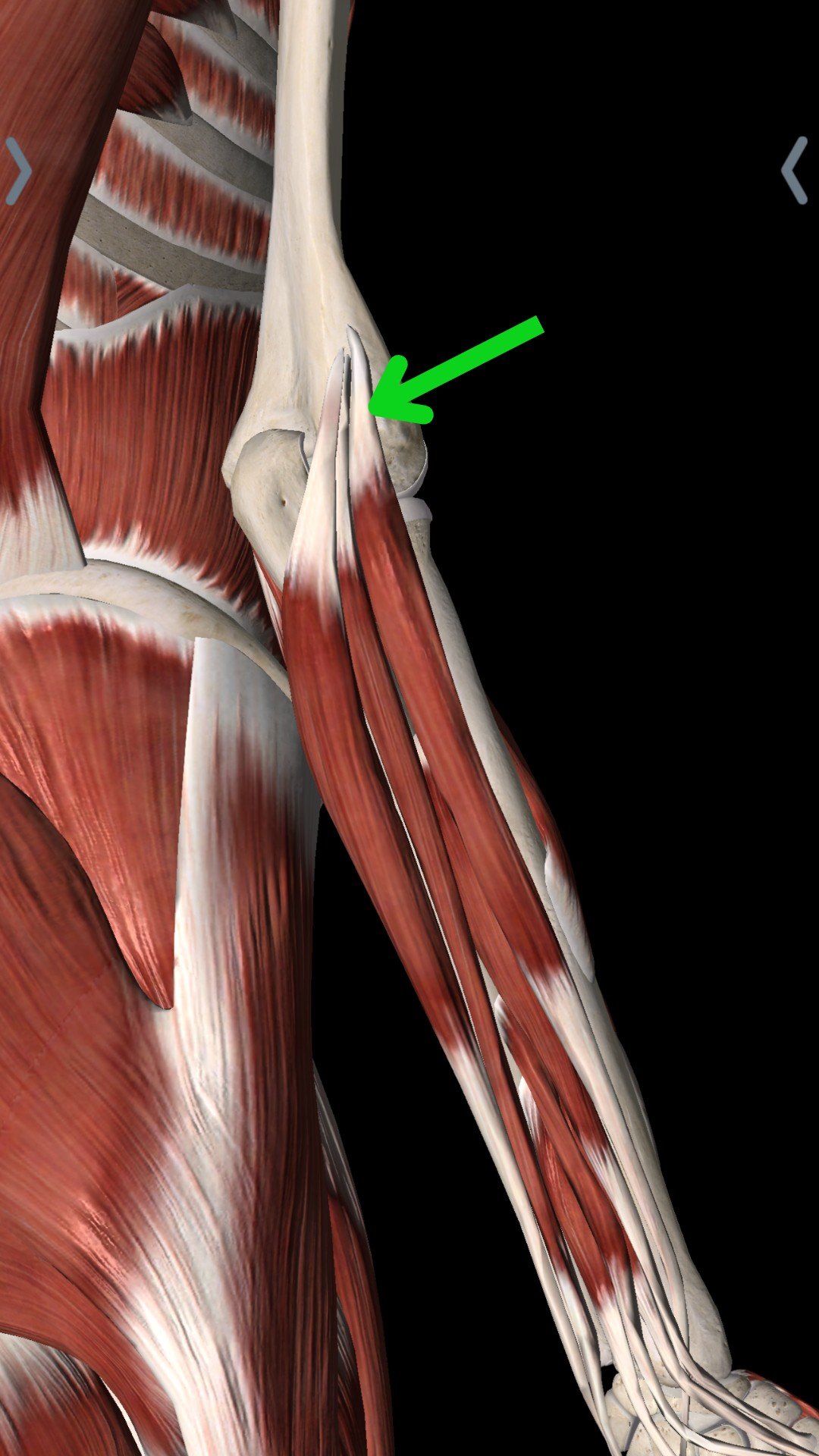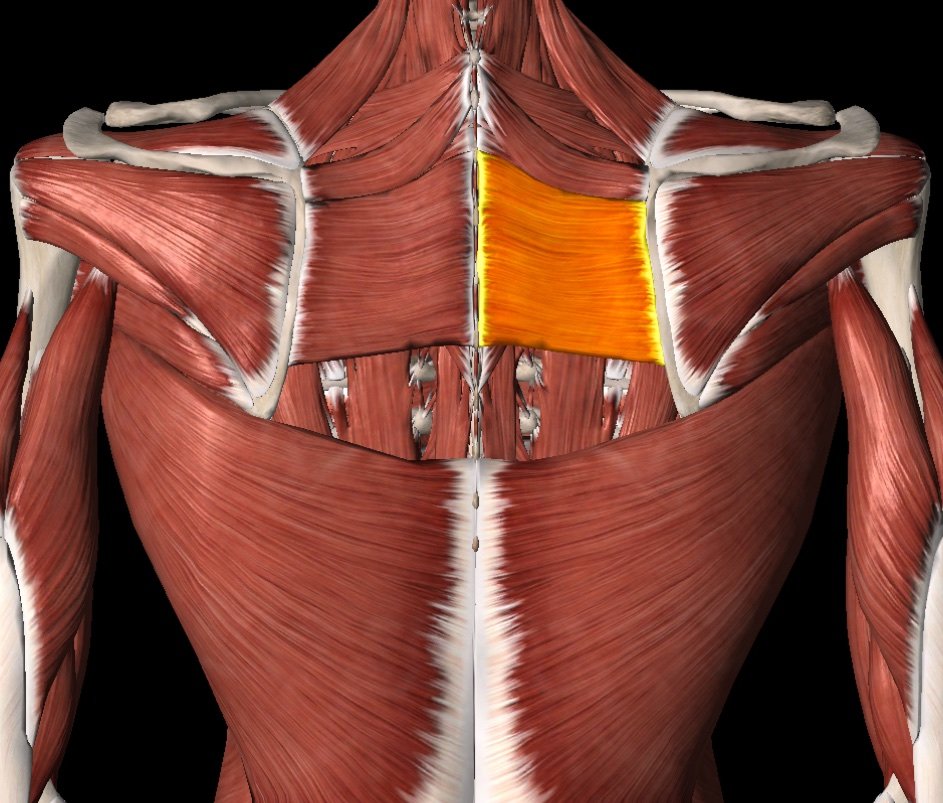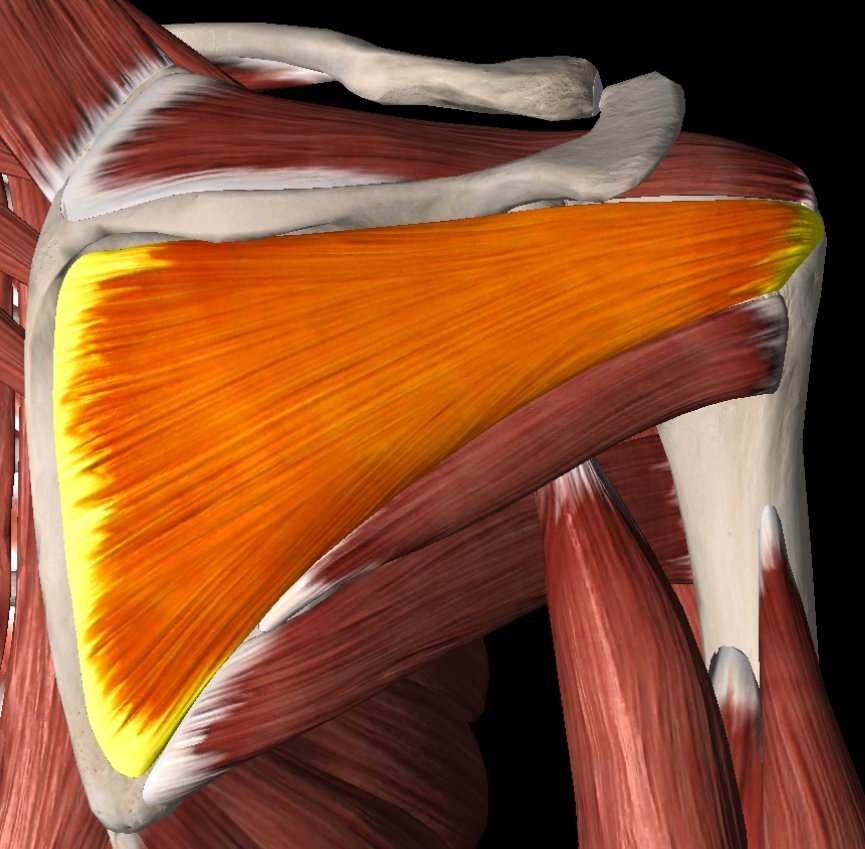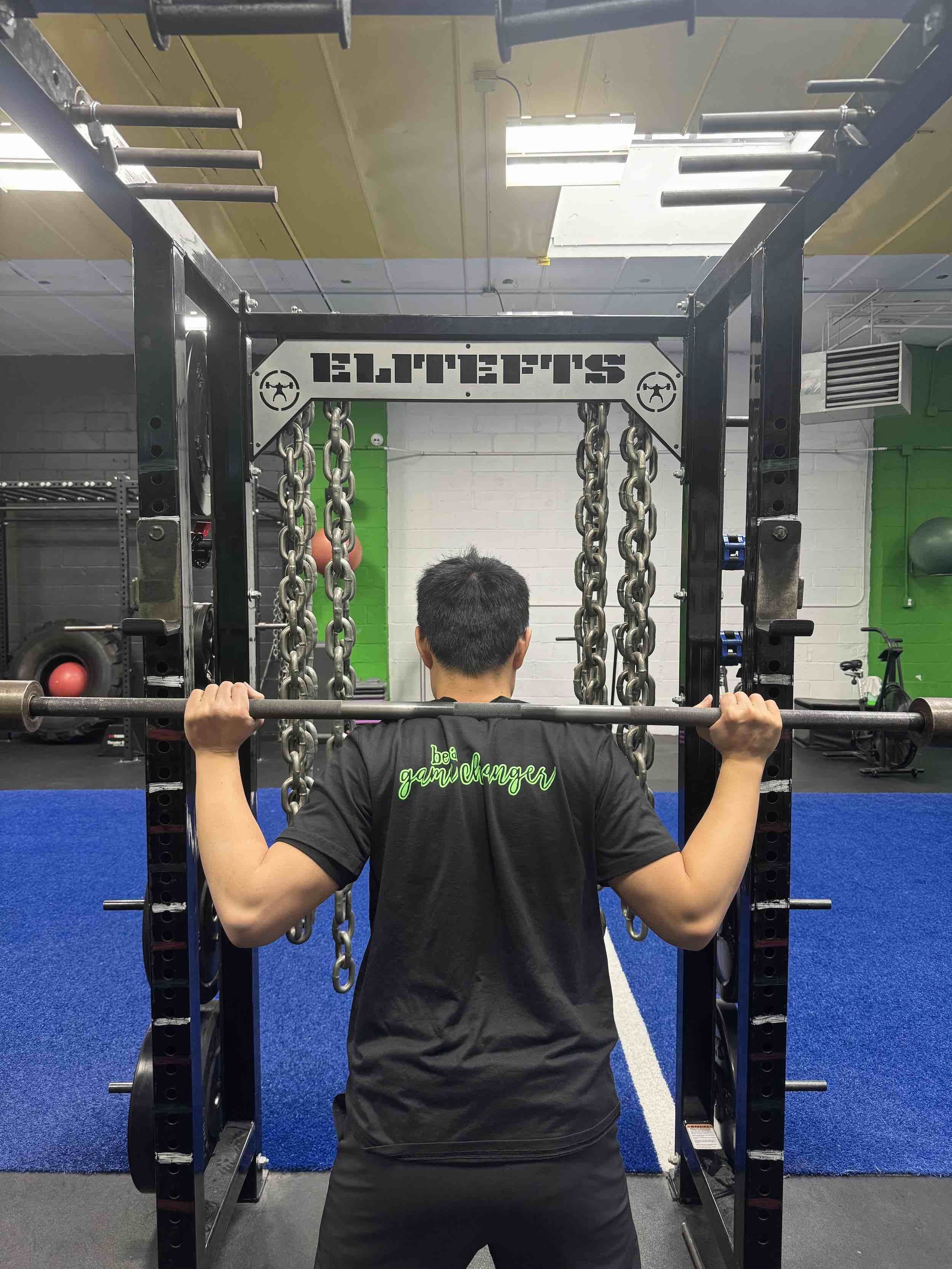Physical Therapy for Tennis Elbow
Physical Therapy for Lateral Epicondylitis
What is tennis elbow?
Tennis elbow pain is typically located at the lateral epicondyle of the elbow. The wrist extensor tendons are involved in this condition.
Common Wrist Extensor Origin
Lateral Epicondyle
Tennis elbow is also referred to as lateral epicondylitis. An -itis refers to when something is inflamed. However, tennis elbow is the type of lateral elbow pain that typically comes on gradually from overuse. As a result, the more appropriate term to use is lateral epicondylalgia (pain of the lateral elbow). There are some circumstances in which there really is an -itis, and the differences will be discussed throughout this blog.
What causes tennis elbow?
Tennis elbow is caused by many non-modifiable risk factors. For example, tennis elbow is more common in women, on the dominant-side arm, in those with previous smoking history, previous rotator cuff injuries, DeQuervain’s disease, carpal tunnel syndrome, and oral steroid use.
There are also some modifiable risk factors at play here, and these are the one’s that we can have control over. Some of these factors include low social support, handling heavy tools > 20kg, repetitive elbow/wrist motion for > 2 hours/day, repetitive forearm twisting/rotating movements.
In an athletic population, we see over gripping, prolonged gripping, and poor wrist position while gripping contribute to lateral elbow pain.
How to diagnose tennis elbow?
We utilize a few clinical tests to help diagnose tennis elbow. This is what we call a “test cluster.” The 3 main tests include Maudsley’s Test, Cozen’s Test, and Mill’s Stretch Test).
Maudsley’s Test
Maudsley’s Test involves resisted middle finger extension. Reproduction of familiar symptoms in the lateral epicondylar region is considered a positive test.
Cozen’s Test
Cozen’s Test involves resisted wrist extension and radial deviation. Reproduction of familiar symptoms in the lateral epicondylar region is considered a positive test.
Mill’s Test
Mill’s Stretch Test involves our therapist straightening your elbow and bending your wrist all the way to maximally stretch the wrist extensors. Reproduction of familiar symptoms in the lateral epicondylar region is considered a positive test.
It must be noted that the subjective history should match with the objective tests for us to feel more confident in making a clinical diagnosis of tennis elbow. Our therapists also are sure to screen the joints above and below your elbow, as the wrist, shoulder, and neck can refer symptoms to the lateral elbow area. This is crucial in determining the proper diagnosis, and therefore, proper course of physical therapy treatment interventions.
How long does tennis elbow take to heal?
Tennis elbow healing times vary drastically based on multiple variables. Higher Intensity of symptoms, longer chronicity of symptoms, older age, involvement in a manual labor job, pain with gripping, and self-reported nerve symptoms were all associated with greater disability and delayed healing time frames.
Mild cases of tennis elbow that are not very irritable and have not lasted multiple months are most likely to get better within a few weeks if the proper course of action is taken with physical therapy. More severe cases of tennis elbow that are more irritable, more chronic, and include some of the variables listed above will take multiple months (3-12 months) to recover (with proper physical therapy treatment).
What is the best treatment for tennis elbow?
Best treatment for tennis elbow should include exercises for the wrist extensors: isometric, concentric, and/or eccentric exercises, depending on the stage of healing and patient tolerance.
Stretches for the wrist extensors and forearm supinators may be included to increase flexibility.
Shoulder and scapular (shoulder blade) strengthening should be included if strength deficits are identified upon clinical examination, in addition to wrist extensor strengthening.
Manual therapy joint mobilizations to the elbow can help decrease pain and increase pain-free grip strength, but should be combined with wrist extensor strengthening exercises. Our physical therapists specialize in these types of manual therapy techniques.
Taping techniques to the elbow can help provide immediate and short-term pain relief and improve pain-free muscle function when symptoms are more irritable.
How to rehab tennis elbow?
When we rehab tennis elbow, we initially want to temporarily remove or modify activities that are aggravating the elbow pain, such as gripping exercises. Gripping with a pronated grip can be especially painful (more on that below).
Stretching progression:
Wrist extensor stretching - start with a bent elbow and progress to an extended elbow. Lastly, add forearm pronation when tolerable.
Strengthening progression:
Start with isometric exercises when symptoms are more irritable. This is when the wrist extensor muscles contract without movement of the wrist.
When tolerated, progress to eccentric wrist extension strengthening. This is when the wrist extensor muscles contract while they are lengthening (controlling the lowering phase of the movement).
Eccentric wrist extension exercises of 3 sets of 15 repetitions should be performed daily. Each repetition should take 4 seconds to complete. There should be enough load to induce minimal discomfort during the exercise. Up to 5/10 tendon pain is acceptable during exercise, after exercise, or the next morning. But we do want symptoms back down to baseline by the next bout of eccentric exercise the next day.
According to this study, eccentric exercises reduced pain and increased muscle strength more effectively than concentric exercises in individuals experiencing persistent tennis elbow pain.
Lastly, we progress to isotonic (concentric eccentric) wrist strengthening. This is when we are contracting the wrist extensor muscles on both the up phase (concentric) and the down phase (eccentric).
We want to strengthen our forearm muscles that perform pronation and supination. We start with the elbow bent and progress to elbows straight as tolerated.
Simultaneously, we want to strengthen any shoulder girdle muscles that are weak upon examination. We commonly find strength deficits in the periscapular muscles (rhomboids, middle trap, lower trap, etc) and the shoulder external rotators (infraspinatus, teres minor).
Rhomboids
Infraspinatus
Traps
Teres Minor
When symptoms are less irritable and impairments have been addressed, we want to gradually reinitiate movements that were previously painful, such as gripping exercises with a pronated grip.
How to wear a tennis elbow brace?
A tennis elbow brace is referred to as a counterforce orthosis. Its purpose is to place pressure on the wrist extensor muscles to prevent load transfer to the lateral epicondyle. This allows for temporary offloading of the lateral epicondyle and relieves painful symptoms associated with gripping and other functional tasks.
The evidence suggests the use of a brace during activity for immediate improvement of pain and strength in those whose symptoms are aggravated with activity. This is especially true for those who have highly irritable symptoms, and those who have difficulty performing functional activities.
Here is how we suggest you wear a tennis elbow brace (the right way):
Image from BRACEABILITY
Do compression sleeves help tennis elbow?
The short answer here is no… there is no evidence to suggest that compression sleeves have a positive effect on pain associated with tennis elbow. Some patients like to wear them, but it is believed that a placebo effect is influencing their pain experience.
Is ice good for tennis elbow?
If you are experiencing true inflammation, then ice can be valuable in the acute phase of rehab (0-72 hours). However, chronic tennis elbow pain should not be iced. Typically, there is an overloading of the wrist extensor tendons and a lack of the necessary blood supply to the region. It is suggested that you avoid icing after the acute phase if you are attempting to ice for inflammation (it will not be helpful, and may actually be harmful). We suggest that you use ice after the acute phase only if you are icing for pain relief due to excessive soreness. We know that ice can numb the skin and prevent the potential interpretation of pain. Use for 15-20 minutes at a time when applying ice (do not apply ice in direct contact with your skin).
Is heat good for tennis elbow?
Heat for tennis elbow does not facilitate true healing, as superficial heat does not get deep enough beneath the skin. However, some patients feel pain relief with heat, so we do recommend its use for temporary/transient pain relief. Use heat for 15-20 minutes at a time, and remember to use the appropriate amount of towels in between your skin and the heating pad to avoid burns to your skin.
Can a TENS unit help tennis elbow?
A TENS unit can provide temporary, transient relief from tennis elbow. The pain relief will occur while the TENS machine is on, and possibly for 30-60 minutes after the treatment is over. However, TENS does not provide a long term solution to tennis elbow pain. It can be a part of a comprehensive treatment plan, and is used before soft tissue mobilization, joint mobilization, and exercise interventions. The type of TENS used is called “Burst TENS.”
Can massage help tennis elbow?
Yes- soft tissue mobilization (massage) can, and should be used as part of a comprehensive treatment plan in treating tennis elbow. The evidence is more clearly supportive of massaging the muscles. However, there is conflicting evidence on cross friction massage at the tendon. Our therapists advise against it, as it can potentially aggravate your lateral elbow pain. We perform soft tissue mobilization as a part of your physical therapy treatment for tennis elbow.
Can acupuncture help tennis elbow?
There is not much evidence that the traditional, Eastern medical approach to acupuncture treatment is helpful for tennis elbow. However, there is moderate evidence to support the use of dry needling for tennis elbow. This is when the same type of needles are placed within trigger points throughout the extensor carpi radialis brevis muscle. There isn’t sufficient evidence to outline the optimal dosage parameters for this treatment, though.
How to tape for tennis elbow
Rigid taping is recommended for immediate and short-term pain relief from tennis elbow. It is also recommended for improving pain-free muscle function. Below is a video of a rigid taping technique we use with our patients. It’s called the “Diamond Technique.” The way it works is by creating slack around the soft tissue of the extensor mechanism at the lateral elbow. This offloads the area and provides temporary symptom relief.
We don’t typically utilize kinesiology taping for tennis elbow, as the evidence is not as strong for its effectiveness. However, it can be used as a part of a multi-modal treatment program for management of pain and improvement of muscle function.
How to prevent tennis elbow?
You can prevent tennis elbow by monitoring your repetitive stress to the wrist extensors. Overloading the wrist extensor muscles will result in more load transfer to the wrist extensor tendons.
The key is to focus on manipulating the variables associated with your training. If that area hurts while performing the exercise, you can consider decreasing the intensity (weight) of the exercise and reassessing how it feels. If you can’t get enough of a training stimulus, this is when you would modify the exercise itself (more on that later).
If you’re experiencing discomfort after your training, then variables like frequency of training and overall volume of training should be considered as potential contributing factors.
What are the best exercises for tennis elbow?
Wrist Extensor Isometric, Eccentric & Concentric Exercises
Pronation / Supination Wrist Exercise
Quadruped T Exercise
Bilateral Shoulder External Rotation (With Band)
What exercises to avoid with tennis elbow
There are a few exercises that we typically recommend that you avoid when you are healing from tennis elbow. Exercises that require a lot of gripping, like pull ups, dips, and muscle ups should be avoided until symptoms are less irritable. Then they can be gradually reintroduced to make sure there isn’t an exacerbation of symptoms.
Can I lift weights with tennis elbow?
You can lift weights with tennis elbow, but you will likely need to modify your grip to a more neutral grip position. Pronated gripping is the most painful and should be temporarily avoided until symptoms are not as irritable.
Dumbbells
Pronated Grip
Neutral Grip
Supinated Grip
Deadlift
Pronated Grip
Mixed Grip
Neutral Grip
Pulls Ups
Pronated Grip
Neutral Grip
Supinated Grip
Squats
Pronated Grip
Neutral Grip (Using a Safety Bar)
You will also likely need to modify some of the variables of your lifting, including the intensity (weight), frequency, and overall volume. Our therapists guide you through all this to make sure that you can continue to lift weights while healing from tennis elbow.
Closing Remarks
If you would like to work with us to resolve your lateral elbow pain, contact us below to speak with a physical therapist.
Disclaimer: This is not intended to be formal medical advice. Your individual needs should be met by the appropriate health care practitioners. Please consult with a trusted provider.
Dr. Paul Nasri PT, DPT, OCS, COMT
Dr. Vincent Liu PT, DPT
Doctor of Physical Therapy
The Game Plan Physical Therapy


















